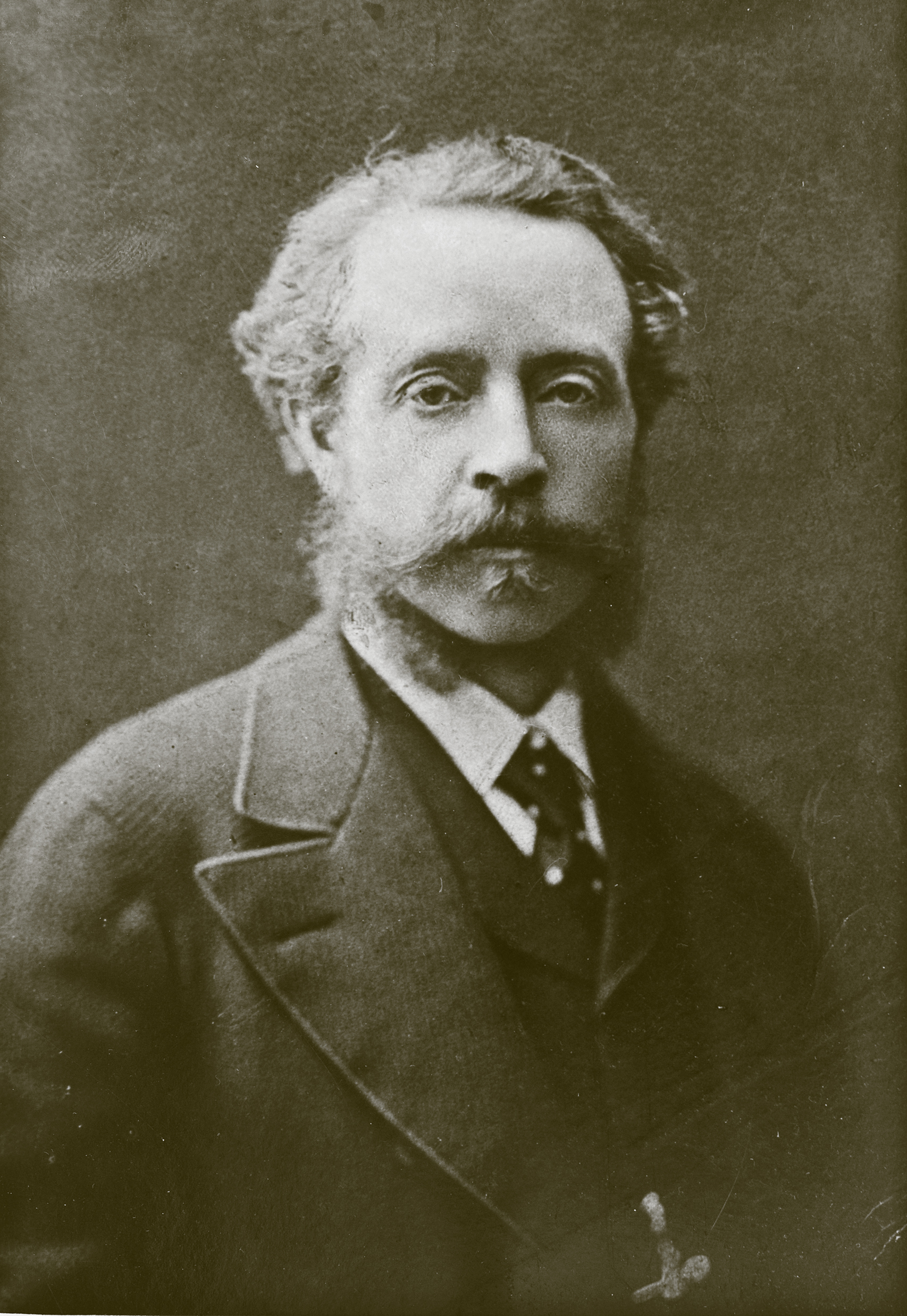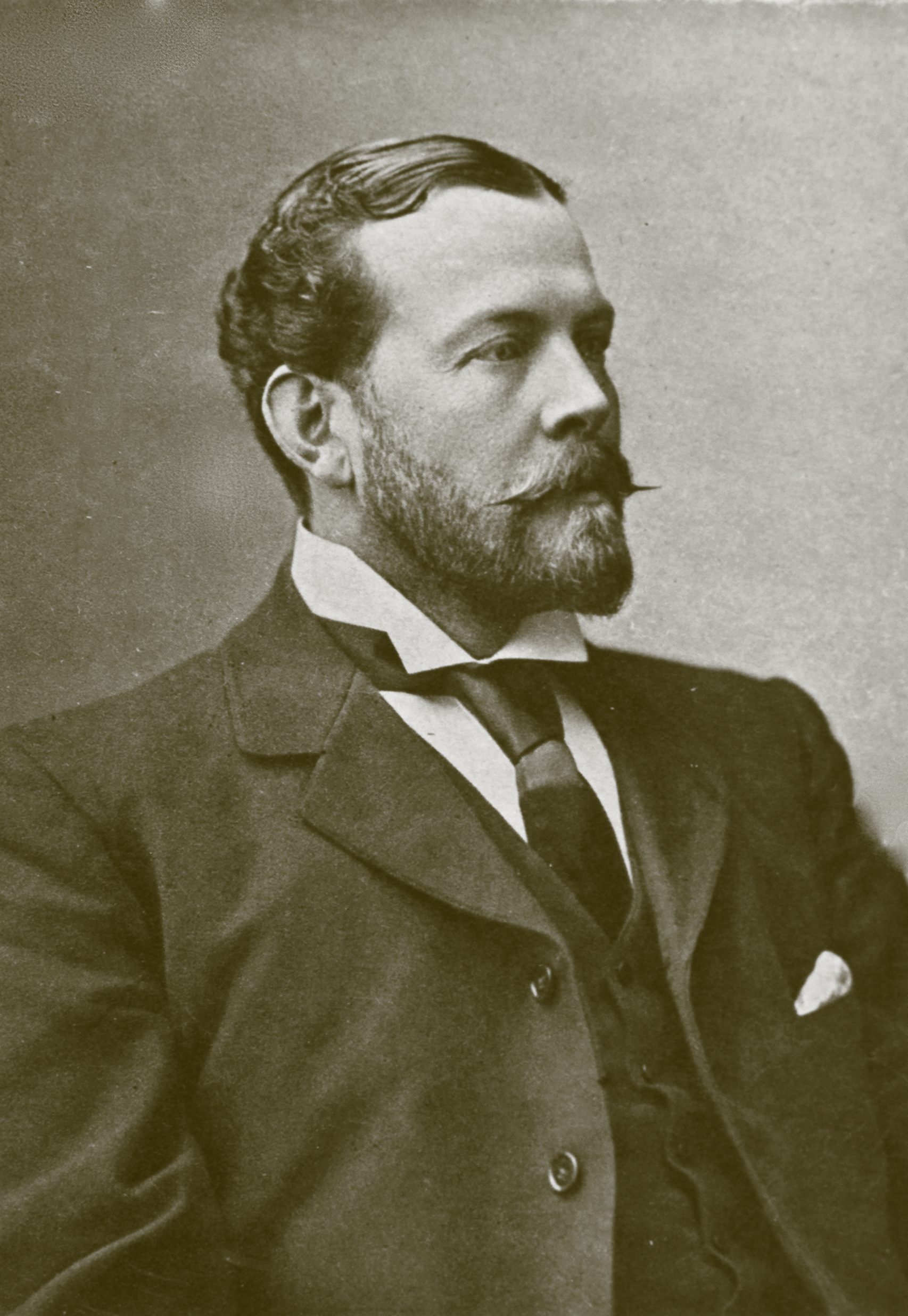John Henry Dallmeyer &
Thomas Rudolphus Dallmeyer
The firm of J.H.Dallmeyer was founded in 1860 by John Henry Dallmeyer, born as Johann Heinrich Dallmeyer in Versmold, Prussia on the 13th. of September 1831*.
Dallmeyer emigrated to England in 1851 after serving an apprenticeship to an optician in Osnabruck. He eventually joined the lens-manufacturing firm of Andrew Ross, which had supplied the lenses used by William Henry Fox Talbot in his 1840s Lacock Abbey experiments with photography.
Dallmeyer proved indispensable to the firm and cemented his position by marrying Ross's second daughter, Hannah, on the 7th. December 1854.
When Ross died in 1859 he left half of his business to his son-in-law, that part making telescopes, and half to his son Thomas Ross. Dallmeyer was able to set up his own business making lenses in premises at 19 Bloomsbury Street, London W1.
Turning from astronomical work to the making of photographic lenses, he introduced improvements in both portrait and landscape lenses, in object-glasses for the microscope and in condensers for the optical lantern. In connexion with celestial photography he constructed photo-heliographs for the Wilna observatory in 1863, for the Harvard College Observatory in 1864, and, in 1873, several for the British government.
He worked diligently on the improvement of photographic lenses, introducing in succession various high-aperture portrait lenses, in 1862 he produced his Triple Achromatic lens and in 1866, his most important invention, the Rapid Rectilinear.
He was responsible for many innovations in the field: the Wide Angle Landscape Lens, considered the best of its type for landscape photography (1864) and the Dallmeyer Patent Portrait Lens (1866), which was used worldwide and indeed was so successful that it was made until the mid 1940s.
Dallmeyer lenses were used by observatories, professional photographers and by the moving picture pioneer Eadweard Muybridge in his famous 1878 experiment to prove whether or not a horse had all four legs off the ground simultaneously when trotting.
Dallmeyer's instruments achieved a wide success in Europe and America, taking the highest awards at various international exhibitions. The Russian government gave him the order of St Stanislaus, and the French government made him chevalier of the Legion of Honour.
John Henry Dallmeyer was any years upon the councils of both the Royal Astronomical and Royal Photographic societies.
On his death in 1883, the firm was taken over by Dallmeyer's son, Thomas Rudolphus Dallmeyer (1859-1906), who was principally known as the first to introduce telephotographic lenses into ordinary practice (patented 1891), and was the author of a standard book on the subject (Telephotography, 1899). He served as president of the Royal Photographic Society in 1900 -1903. Thomas maintained the firm's reputation for high quality lenses.
The firm became a limited company in 1892, with Lord Crawford as Chairman, Thomas Dallmeyer as Managing Director, Hugh Aldis as Company Secretary and St Lawrence Carson as Scientific Adviser. Dallmeyer started to look toward the new developments in motion pictures in the late 1890s, and supplied miniature lenses to two of the art's pioneers: Bert Acres and R.W.Paul.
* I am indebted to Marcel Safier of Queensland, Australia for this information, Marcel has researched the Dallmeyer family tree as far back as J.H.Dallmeyer's grandfather born in 1753. He has shown that some of the biographical information given in a number of sources appears to be incorrect.
John Henry Dallmeyer
1831-1883
Thomas Rudolphus Dallmeyer
1859-1906
.
RReturn to Archive Introduction